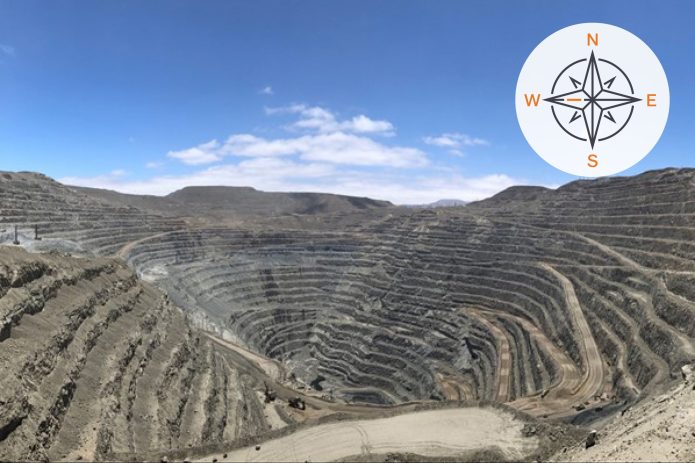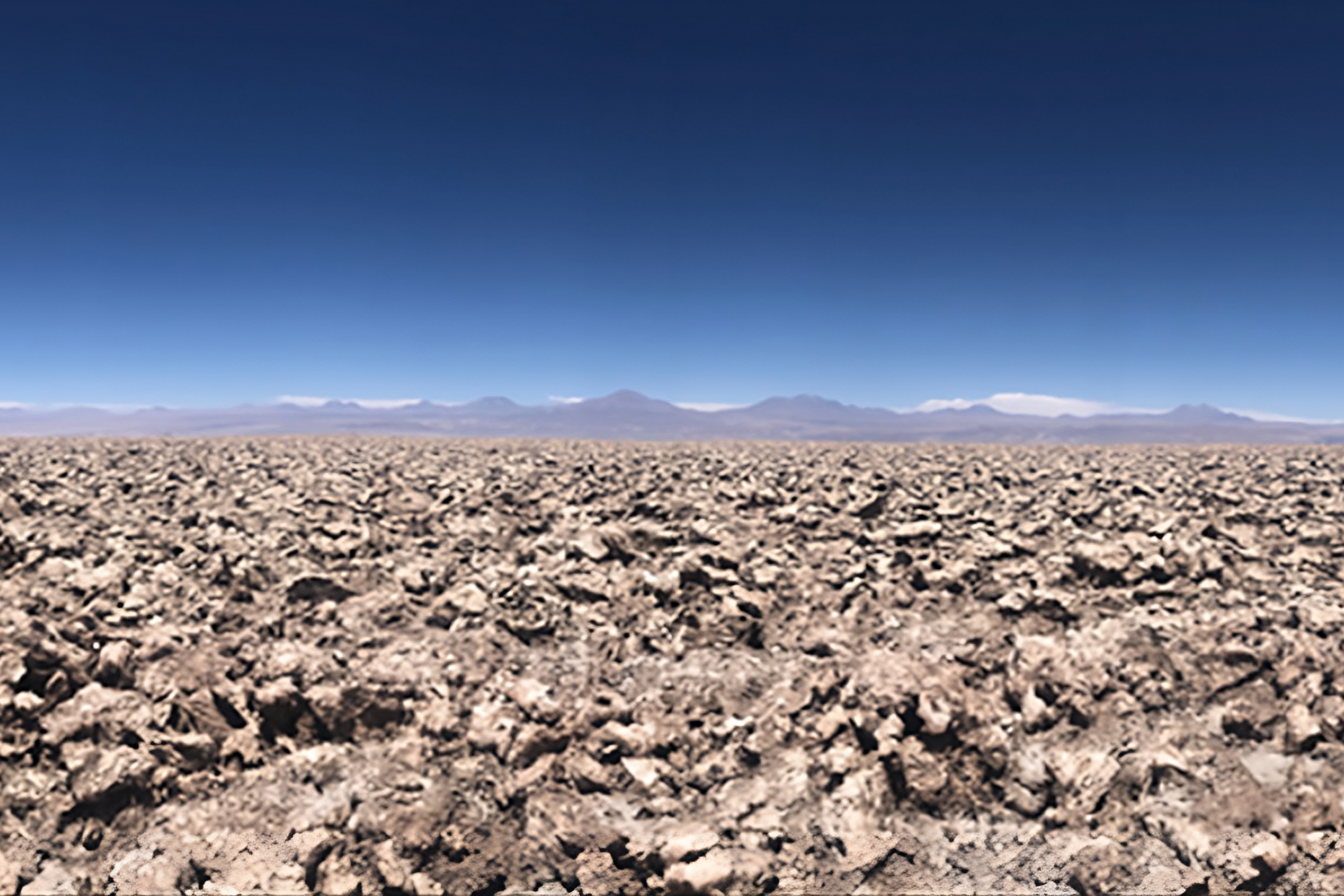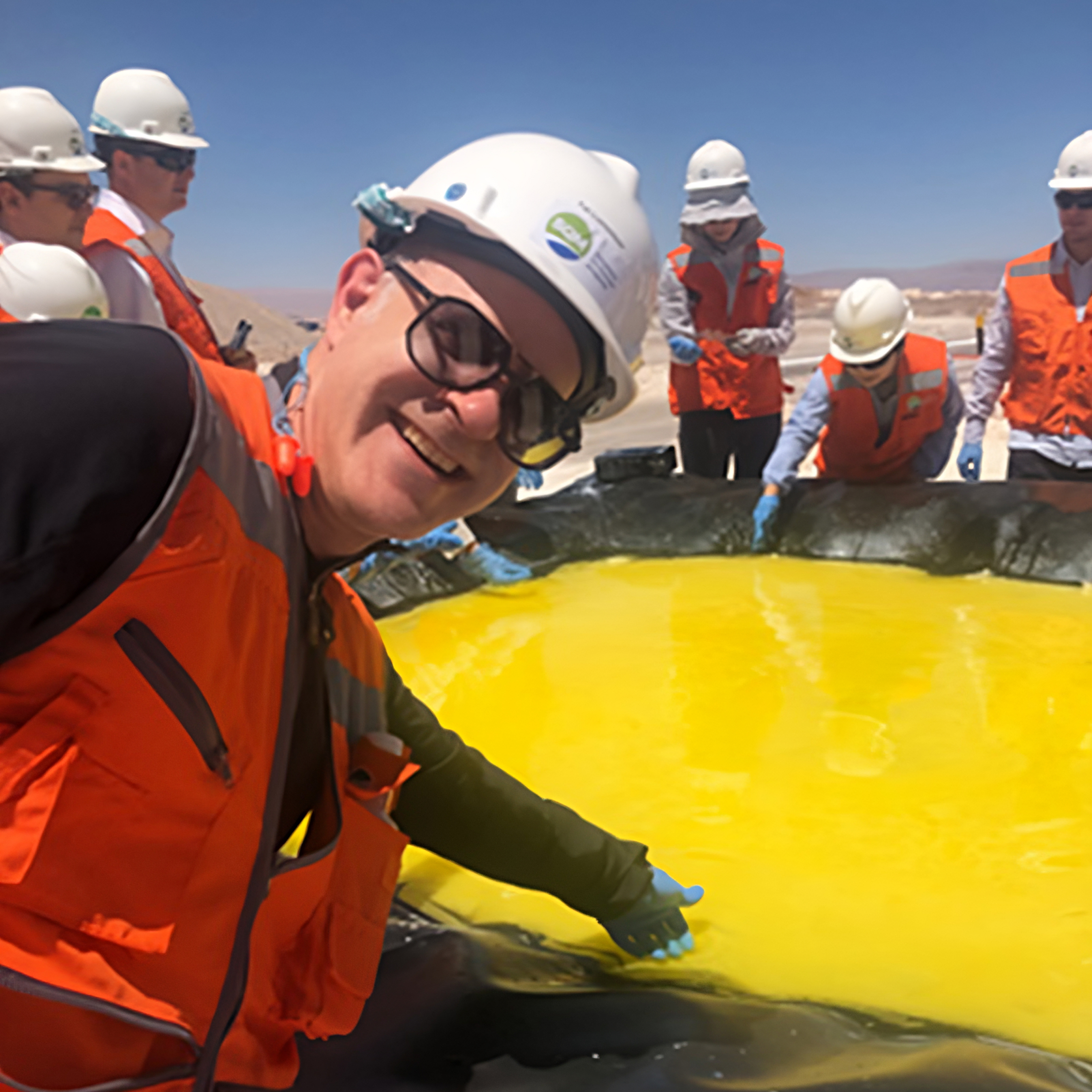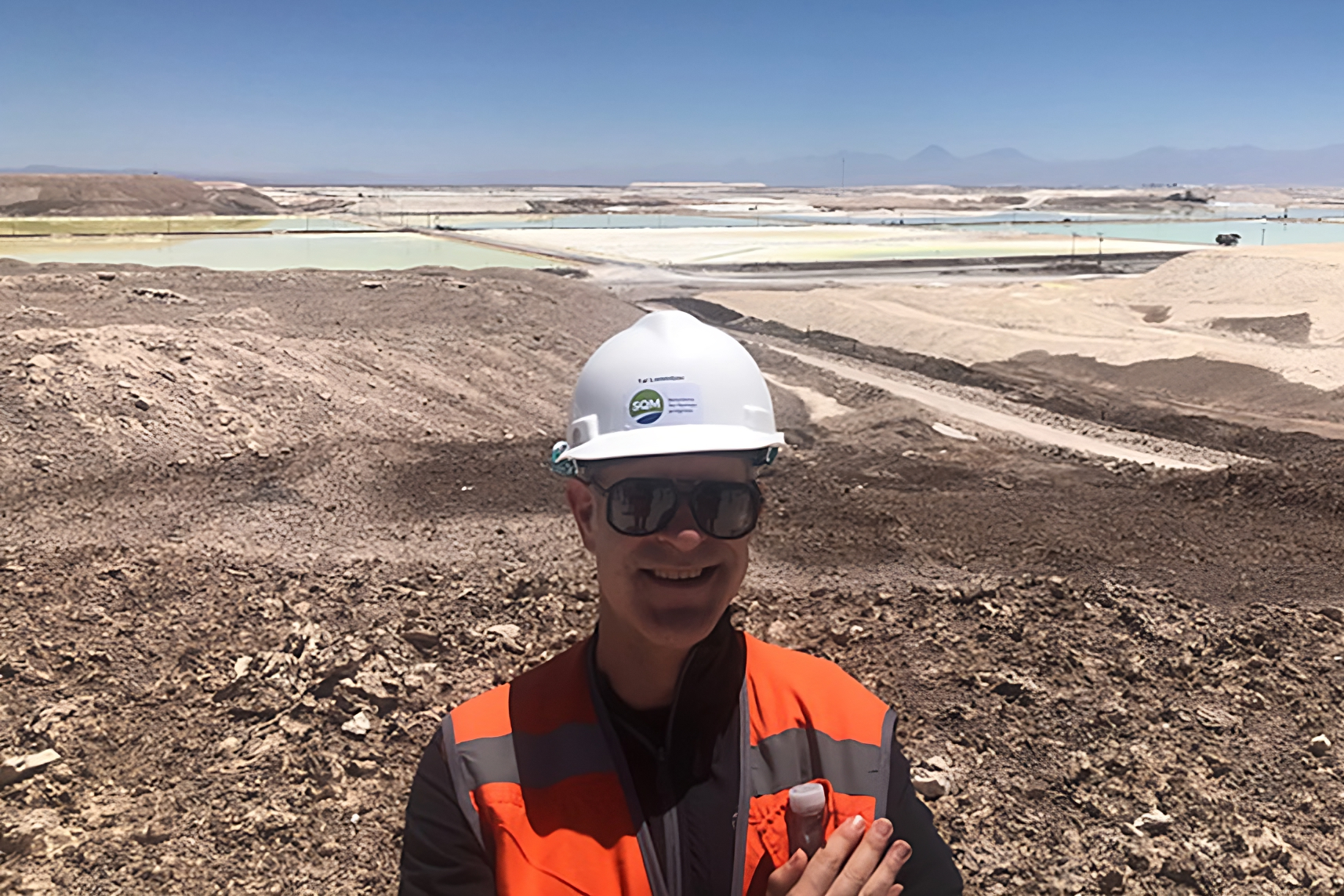JH Explorer in Chile: Supplying the metals for decarbonisation
A recent research trip suggests to Portfolio Manager Tal Lomnitzer that limited supply to meet rising demand should continue to underpin copper and lithium markets.

3 minute read
Key takeaways:
- Chile is a leading producer of copper and lithium, which are seeing rising demand to facilitate the move towards decarbonisation.
- Copper faces headwinds such as water and labour issues, ore quality, underinvestment and taxation, while lithium markets also remain tight, which should continue to support prices.
- Unprecedented demand for natural resources to transition to a global clean economy presents a unique investment opportunity.
| The JH Explorer series follows our investment teams across the globe and shares their on-the-ground research at a country and company level. |
Copper plays a vital role in the transition towards clean energy, being a key component in renewable infrastructure and electric transportation. Chile is the largest copper producer, supplying 27% of global copper production in 2021, and home to the two largest mines in the world, Escondida and Collahuasi. Copper production has declined because of water issues and declining ore grades at major mines, combined with labour woes and insufficient rates of reinvestment.
On a recent research trip I met with various producers, including national mining company Codelco. The meetings suggested that there may be further risk to consensus copper production forecasts due to ongoing environmental and operational challenges, compounded by an uncertain taxation outlook as Chile seeks to increase royalties imposed on mining companies. Some companies such as Teck Resources and Lundin Mining are looking to increase production, bucking the trend, but at an aggregate the level the headwinds to copper production in Chile make one incrementally more positive on the outlook for copper in 2023 and beyond.

Salar de Atacama salt flat, in the driest place on earth
Lithium is arguably ‘the new oil’ and Chile is the equivalent of Saudi Arabia in the oil world with enormous resources in the rich brines of Salar de Atacama. With 8 million tons, Chile has the world’s largest known lithium reserves, well ahead of Australia at 2.7, Argentina with 2 and China with 1 million tons. The Atacama desert is considered to be the driest place on earth. The intense sunlight is used by lithium producers as a free energy source to evaporate water, concentrating the lithium content in the brine before it is transported to the coast for processing into lithium carbonate, used in batteries for electric vehicles and consumer electronics.

Concentrated 6% lithium rich brine before shipment for processing into lithium carbonate

Evaporation ponds at a lithium operation in Salar de Atacama
My site visits to two lithium operations suggest that lithium production could be ramped up in the coming years due to recovery improvement projects and implementation of new extraction technologies. This makes me a little more cautious on the medium-term outlook for lithium prices once the current supply-demand squeeze has passed. But for now, tight markets where there is simply not enough lithium to meet demand, should support current prices at elevated levels.
The learnings from my trip further strengthened the Global Natural Resources Team’s multi-year positive outlook on the resources sector, which is facing unprecedented demand for the raw materials needed to make the transition to a global clean economy a reality.
*World Economic Forum.org, 12 December 2022: Which countries produce the most copper?
IMPORTANT INFORMATION
Commodities (such as oil, metals and agricultural products) and commodity-linked securities are subject to greater volatility and risk and may not be appropriate for all investors. Commodities are speculative and may be affected by factors including market movements, economic and political developments, supply and demand disruptions, weather, disease and embargoes.
Natural resources industries can be significantly affected by changes in natural resource supply and demand, energy and commodity prices, political and economic developments, environmental incidents, energy conservation and exploration projects.
Sustainable or Environmental, Social and Governance (ESG) investing considers factors beyond traditional financial analysis. This may limit available investments and cause performance and exposures to differ from, and potentially be more concentrated in certain areas than the broader market.